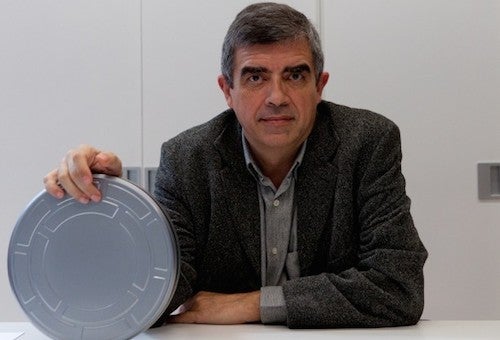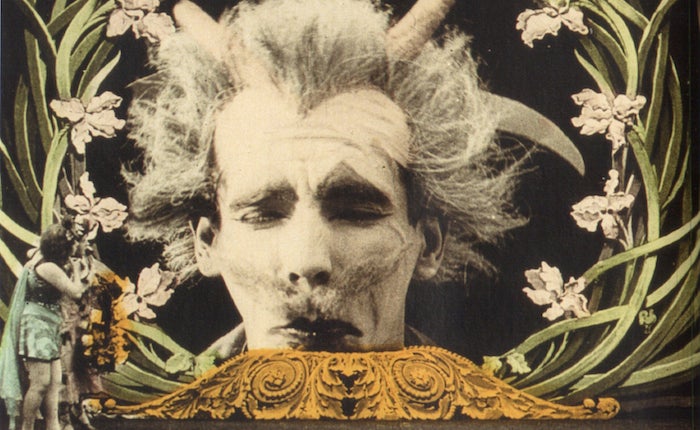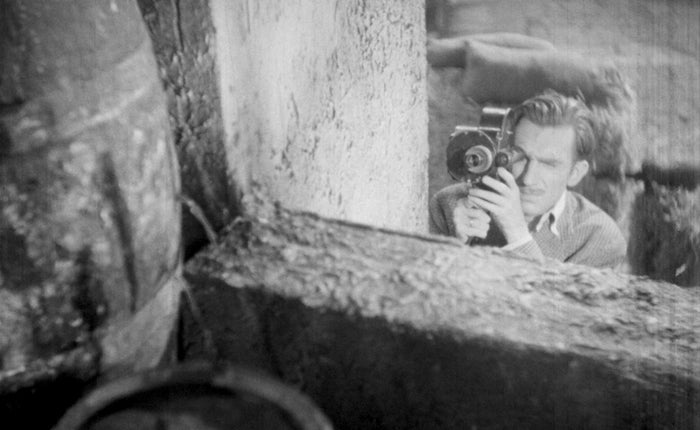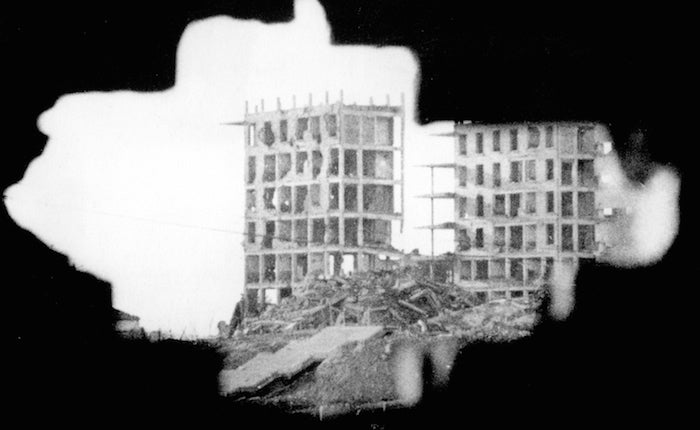
UCLA Film & Television Archive presents Cinema and the Spanish Civil War (July 15 - August 12) on the 80th anniversary of the Spanish conflict, a precursor to WWII. Organized in cooperation with the Filmoteca de Catalunya, this program explores the conflict of ideologies on screen, as well as a diversity of genres and eras, from rare archival footage to feature films from Spain and Hollywood. We interviewed Esteve Riambau, director of the Catalan film archive, who will join us in person for several screenings:
The Filmoteca de Catalunya, based in Barcelona, houses more than 170,000 items in its archive. What kinds of materials are collected and preserved?
The Filmoteca de Catalunya preserves a variety of collections. We have been the mandatory depository for all new film productions since the 1990s, and we also preserve the history of Catalan cinema from prior decades. Our archive gems include the works of Segundo de Chomón, an early film pioneer and a contemporary of Méliès, and propaganda documentaries produced during the Spanish Civil War, some of which will be shown at UCLA.

Les tulipes (dir. Segundo de Chomón, 1907)
The Filmoteca was established in 1981, six years after the end of Francisco Franco’s dictatorship and decades of political and cultural repression. Could you tell us more?
After the arrival of democracy and autonomy, the Filmoteca de Catalunya was created from what had been the Barcelona branch of the Filmoteca Española. In the 1980s our own archive was created, and we began to recover film elements from commercial productions, but also materials that had been filmed and preserved in secret due to their political content. Currently, we are a 100% public institution that depends on the Government of Catalonia.
What role did cinema play for the Francoist regime? Did Francoist films (such as Raza) take on a distinct style and agenda?
From the beginning, the film politics of the Franco regime were inspired by the models of German Nazism and Italian Fascism. It gave financial support to producers in exchange for strict censorship, not only political but also moral. During those 40 years, dissident filmmakers had to develop metaphors and strategies to push the boundaries of what could be said and shown on screen.

A Life in Shadows (1949)
The opening film, A Life in Shadows (1949), is preserved by the Filmoteca de Catalunya and Filmoteca Española — could you tell us about its rediscovery and restoration?
This film is an exception in the context of Francoist cinema. Made by an amateur filmmaker in 1947, it is a love song to the cinema and based on a tragedy that takes place during the Spanish Civil War. It had a minor release in 1952 as a cut and manipulated version. However, with the film elements that were recovered in 1983, the Filmoteca Española made the first restoration that allowed the film to be appreciated by a new audience. In 2007 a new copy was discovered, and the Spanish and Catalan film archives undertook a new digital restoration, which is the one we are now presenting at UCLA. Audiences will be very pleasantly surprised.
The Spanish Civil War mobilized filmmakers, artists and writers from beyond Spain’s borders to participate in the war, by taking up arms or documenting it. How do the films represent these international interests?
The Spanish Civil War was a preamble to World War II. Italy and Germany mobilized their propaganda apparatus in favor of Franco and the military rebels. The non-interventionist policy of the Western democracies did not stop determined international filmmakers from filming in Spain, as a way to call for aid against fascism. Most of them, like Joris Ivens (and Ernest Hemingway), Roman Karmen, Paul Strand or André Malraux, had close ties to the Communist Party. Meanwhile, during the first months of the war, the Catalan film industry was under anarchist control.

The Spanish Earth (1937)
The series includes several contemporary films — why do you think the Spanish Civil War continues to be revisited and explored through cinema, 80 years later?
The establishment of democracy in 1977 gave a voice to those who had been defeated in the Spanish Civil War. It was possible to freely revise our history through both fictional films and documentaries. There are still many stories to tell. The issue is very complex, full of paradoxical contradictions, like the ones reflected in La doble vida del faquir (2005), a film I directed with Elisabet Cabeza, about an amateur film shot in an orphanage for poor children during the Civil War.
What do you enjoy most about your role as the Director of the Filmoteca de Catalunya?
My work is divided between the preservation of the film heritage that is deposited in our archive, and cultural diffusion from our new headquarters, which opened in the center of Barcelona in 2012. We have two theaters, exhibitions, a library and educational services, as well as a bookstore and cafe. The fact that we have 150,000 spectators a year is one of my greatest joys as Director of the Filmoteca de Catalunya.
Take a virtual tour of the Filmoteca de Catalunya:
—Jennifer Rhee, Digital Content Manager
< Back to the Archive Blog






 Mobile Navigation
Mobile Navigation

